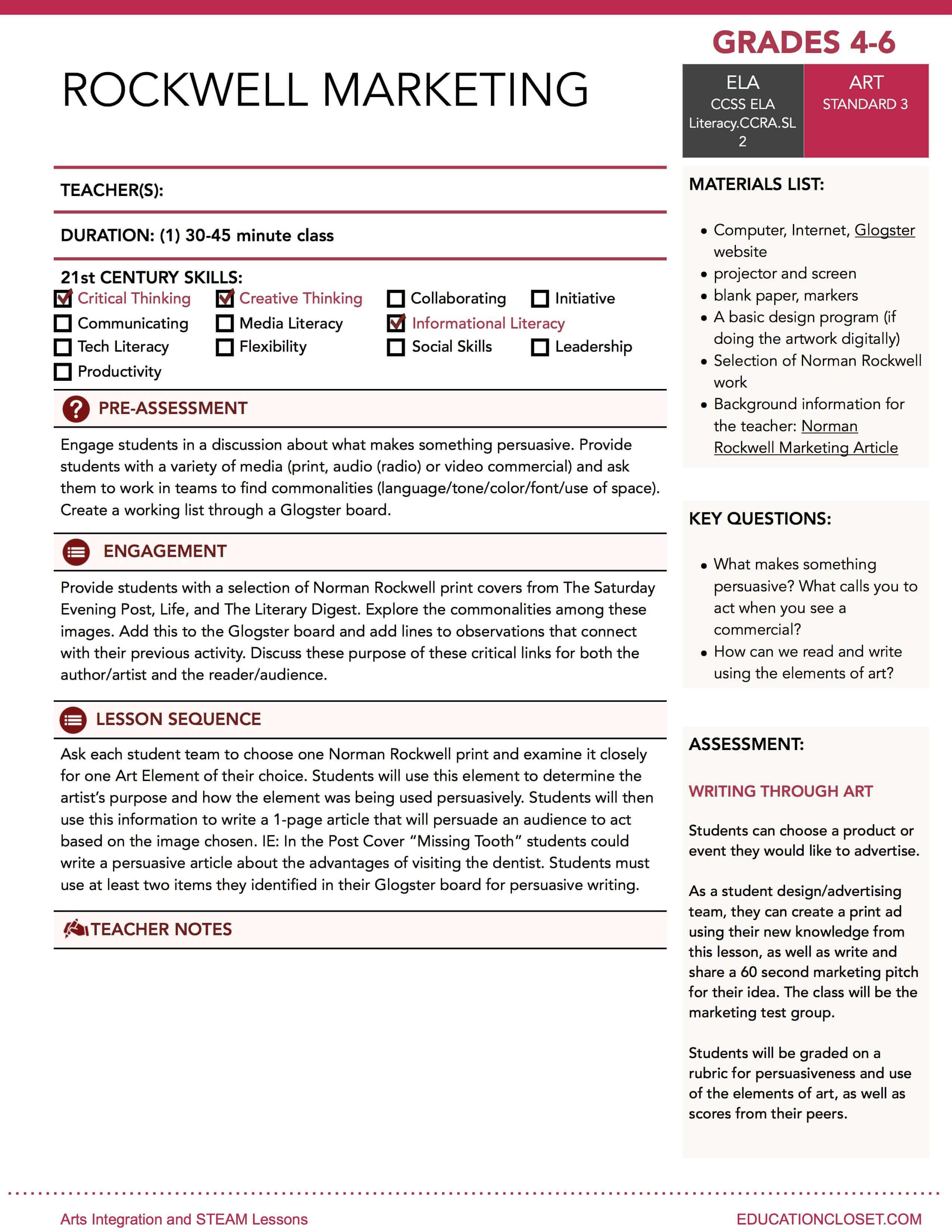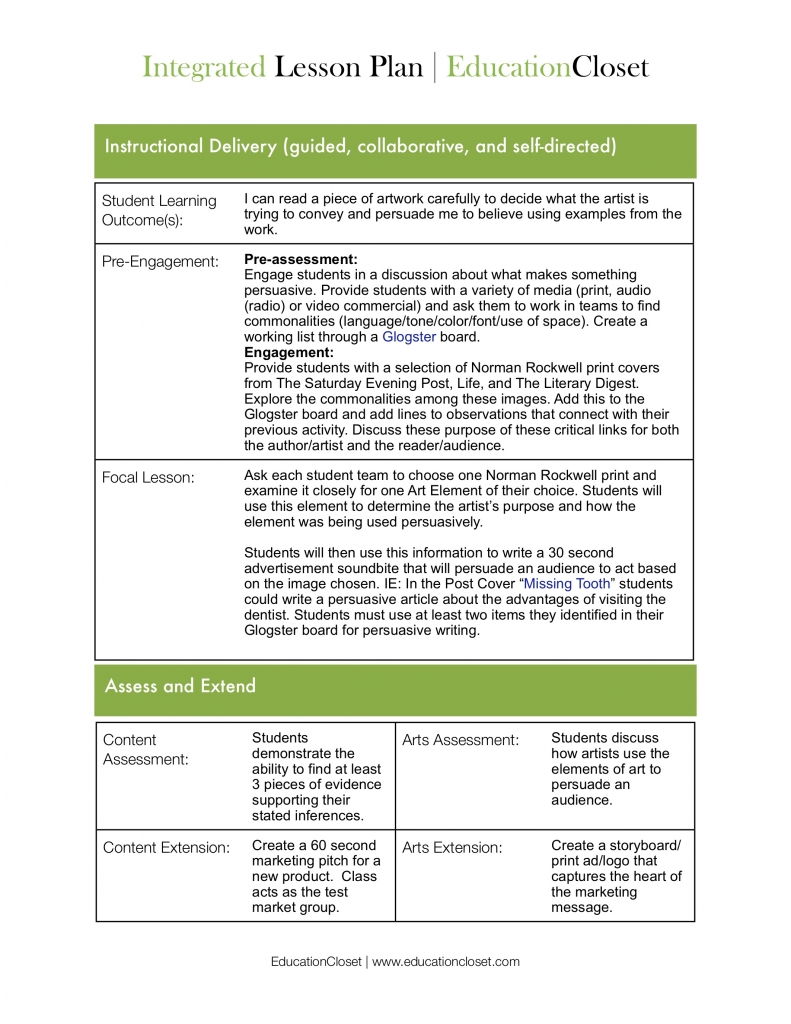Susan Riley | November 2013
Moving from Lesson Seeds to Lesson Plans
We are proud to be able to offer you excellent lesson seeds here at the Institute that focus on authentic Arts Integration and STEAM concepts. We have over 100 to choose from and the list keeps growing! But one of the common questions we receive each week is about why we call these lesson seeds.
This terminology is used very intentionally. The lesson seeds we share are one-page, quick reference ideas that are meant to be used to get you started in developing a comprehensive lesson plan. We don’t want to stifle your creativity or your personal touch. So we give you a simplified lesson seed that contains a core idea, your basic materials, and the standards and assessment ideas to align your work. This is all meant to save you time! With these seeds, you can plug in your own strategies and teaching style to make them work for you.
However, we need to be conscious that these are not lesson plans. Lesson plans are much more comprehensive and deeply developed. They are meant to provide you with the road map with clear directional signals that help you truly understand what, why and how you are teaching this lesson. In terms of Arts Integration, fully developed lessons are the essential component to ensuring that what you’re doing goes beyond Arts Enhancement and goes to the heart of Arts Integration.
One of the best ways to demonstrate this is through example. Let’s take a look at a fully developed lesson plan based upon one of our most popular lesson seeds: Rockwell Marketing.
The Original Lesson Seed
Here’s what our original lesson seed idea looks like. You have the procedure outlined, as well as the materials required, standards and assessment. You truly get a flavor of what the lesson could look like in your classroom.
The Developed Lesson Plan
Now that we have a good idea to start from, here’s an example of a fully developed lesson plan for these standards. You’ll notice that we outline the big idea, essential questions (a wonderful component from McTigue and Wiggins), a vertical alignment that helps you solidify where your students were, where they are and where you want them to go next from this lesson. Additionally, we have built in reflection questions for both the teacher and the students and the procedure is much more explicit.
Download this Lesson Plan
Hopefully, this helps you visualize how you can use our lesson seeds to develop your own unique lesson plans. Not only will these help you become more focused in your own lesson development process, but they will help your administrators and colleagues make more aligned connections with what you’re trying to accomplish. We want you to be able to bring your teaching spirit and insert them into our seeds to make your lesson as unique as you are.
And if you’re looking for done-for-you, fully-developed arts integration lesson plans, check out our IntegratED Curriculum. There are over 200 lessons, assessments, powerpoints and resources ready for you to use.







